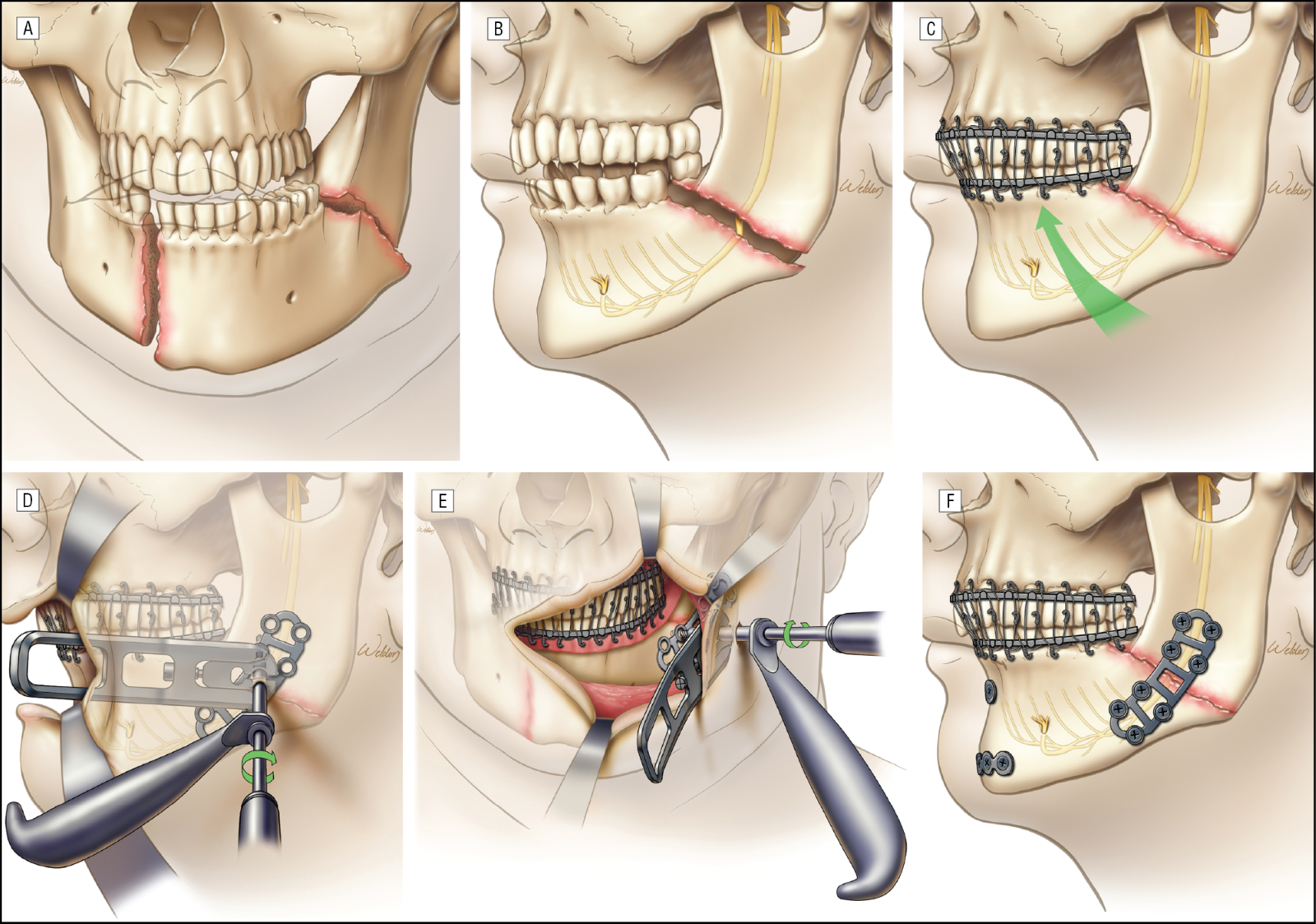Life can change in a split second. An accident can leave marks not just on the skin but also on the heart. Facial injuries weigh heavily on people. They affect self-esteem and daily activities. What is maxillofacial trauma surgery, you ask? It’s more than just medical care. This surgery plays a vital role in the healing journey. It works to restore both the function and appearance of the face. Having access to such specialized care is crucial.
In this blog, we’ll uncover the world of maxillofacial trauma surgery procedures. We’ll discuss what it involves and why it’s so important. We’ll also talk about the steps involved in the surgery and what comes after, like the maxillofacial trauma surgery recovery and potential maxillofacial trauma surgery risks. So, if you’re curious, read on to learn more about this fascinating field.
Understanding the Basics of Maxillofacial Trauma
Maxillofacial trauma refers to injuries of the face and jaw. These may involve damage to soft tissues like skin and muscles, as well as bones. Common causes include:
- Car accidents that suddenly stop your world
- Slips and trips that catch you off guard
- Sport activities that slide from fun to frightening
Each incident can affect people differently, leaving more than just physical scars. But prevention is key. Wearing seat belts, helmets, and taking safety measures during sports can help.
In countries like India, these injuries hold significant attention. With busy streets and high activity levels, ensuring public safety is crucial. Every individual counts when it comes to public health. Injuries like these not only disturb daily life but also add a burden on health services.
Treatment goals focus on making everything right. This means restoring how one’s face functions, like chewing and speaking. Aesthetics, or how the face looks after healing, is equally important. Helping people regain their normal life boosts confidence and well-being.
Exploring the Maxillofacial Trauma Surgery Procedure
Maxillofacial surgery is not just another medical term. It’s a powerful field focused on treating face and jaw injuries. Unlike other types of surgery, it has a broad scope, dealing with both small and complex issues.
This field covers a range of procedures: – Fixing broken bones in the face – Reconstructing damaged parts for normal function and appearance
An essential part of maxillofacial trauma surgery procedures is team collaboration. It brings together dentists, surgeons, and other specialists to ensure comprehensive care. The team works in harmony to offer the best results for each patient.
So, what does surgery involve? Let’s break it down: 1. Assessment: Doctors first evaluate the injury’s extent. 2. Planning: A customized plan outlines every step needed for optimal recovery. 3. Surgery: Skilled hands begin the careful work of restoring the face. 4. Recovery Care: Post-surgery, supportive care continues.
Innovation and precision guide every step. Advanced tools and techniques aid in achieving the best possible outcomes. Patients can gain improved function and aesthetics afterward, thanks to meticulous care.
Having a deeper understanding of this procedure makes the process less daunting. It also shows the complex, yet life-enhancing possibilities brought by medical teams devoted to healing.
Maxillofacial Trauma Surgery: Recovery, Risks, and the Importance of Timely Intervention
Surgery is just the beginning of a healing journey. The real test begins with recovery. The maxillofacial trauma surgery recovery can vary for each person. Typically, this period spans weeks to months, depending on the severity of the injury.
While recovering, challenges may include swelling and pain. Supportive care and proper medication play crucial roles in easing these issues. It’s vital to consider potential maxillofacial trauma surgery risks as well. Minor problems might be simple infections, which are usually curable with antibiotics. However, serious concerns might involve nerve damage or prolonged healing.
Thus, quick medical attention is critical. It greatly influences how well a person recovers long-term. Untreated injuries can lead to issues that linger, affecting daily life. Timely surgery and care minimize these risks, ensuring a smoother path to recovery.
Follow-up care is equally important. Regular check-ups help monitor healing. Continuous therapy, including physical and occupational, aids in restoring everyday activities. Each session ensures that improvements are steady and consistent.
The journey doesn’t end with surgical success. Ongoing care helps maintain the progress made. With support and diligence, individuals regain both their functions and their smile, showing the enduring impact of thoughtful medical care.

